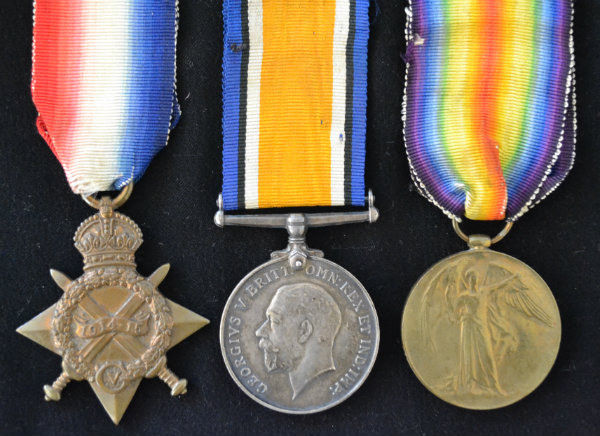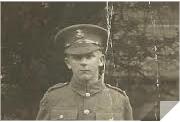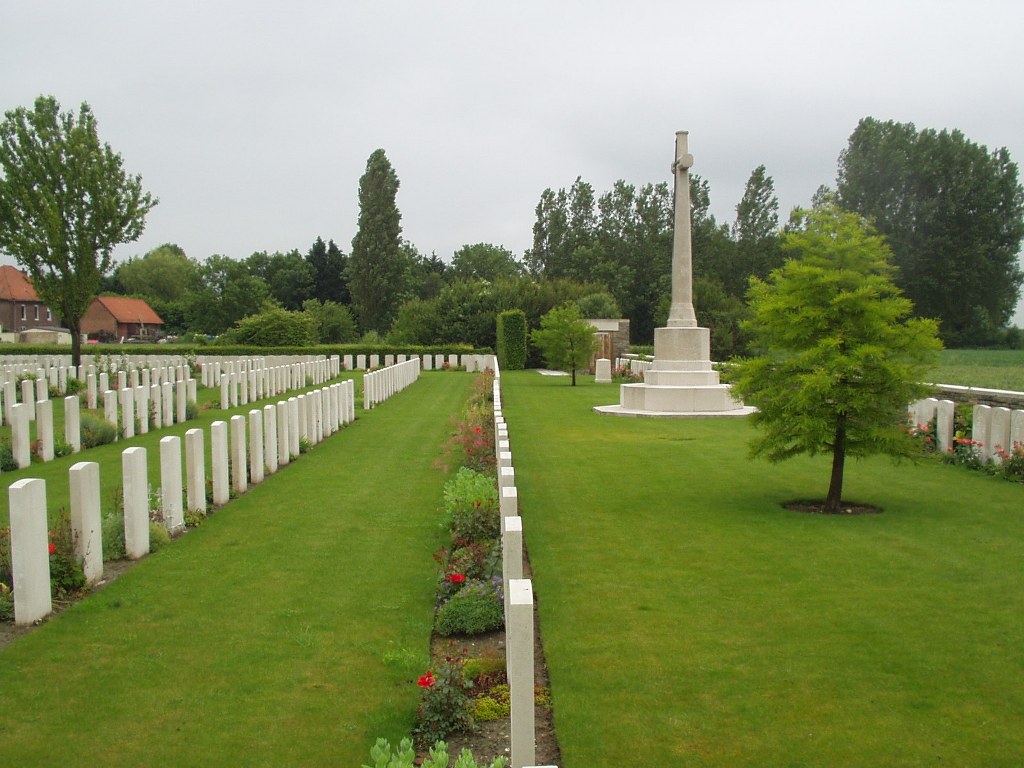Personal Details
Sidney Alsop Allen was born in Malpas, Cheshire in 1896, the second son of Joseph W Allen and the late Sarah Ann Allen of Cross O’Th’ Hill, Malpas, Cheshire.
He enlisted in 1914 and departed for the front on 19th July 1915. He was killed whilst acting as stretcher bearer bringing in wounded comrades.
The 1911 Census shows Sidney as a farm worker.
Military History
Regiment : 9th Battalion Cheshire Regiment
Rank : Private
Service Number : 15011
Killed in action; France 19 February 1916 Aged 20
Sidney was awarded the Campaign Medals (1915 Star, British War Medal and Allied Victory Medal).

The 1914 Star (also known as 'Pip') was authorised under Special Army Order no. 350 in November 1917 and by an Admiralty Fleet Order in 1918, for award to officers and men of the British and Indian Expeditionary Forces who served in France or Belgium between 5 August and midnight of 22–23 November 1914. The former date is the day after Britain's declaration of war against the Central Powers, and the closing date marks the end of the First Battle of Ypres.
The 1914–15 Star (also known as 'Pip') was instituted in December 1918 and was awarded to officers and men of British and Imperial forces who served against the Central European Powers in any theatre of the Great War between 5 August 1914 and 31 December 1915. The period of eligibility was prior to the introduction of the Military Service Act 1916, which instituted conscription in Britain.
The British War Medal (also known as 'Squeak') was a silver or bronze medal awarded to officers and men of the British and Imperial Forces who either entered a theatre of war or entered service overseas between 5th August 1914 and 11th November 1918 inclusive. This was later extended to services in Russia, Siberia and some other areas in 1919 and 1920. Approximately 6.5 million British War Medals were issued. Approximately 6.4 million of these were the silver versions of this medal. Around 110,000 of a bronze version were issued mainly to Chinese, Maltese and Indian Labour Corps. The front (obv or obverse) of the medal depicts the head of George V. The recipient's service number, rank, name and unit was impressed on the rim.
The Allied Victory Medal (also known as 'Wilfred') was issued by each of the allies. It was decided that each of the allies should each issue their own bronze victory medal with a similar design, similar equivalent wording and identical ribbon. The British medal was designed by W. McMillan. The front depicts a winged classical figure representing victory. Approximately 5.7 million victory medals were issued. Interestingly, eligibility for this medal was more restrictive and not everyone who received the British War Medal ('Squeak') also received the Victory Medal ('Wilfred'). However, in general, all recipients of 'Wilfred' also received 'Squeak' and all recipients of The 1914 Star or The 1914/1915 Star (also known as 'Pip') also received both 'Squeak' and 'Wilfred'. The recipient's service number, rank, name and unit was impressed on the rim.
Further Information
Report in the Whitchurch Herald 11th March 1916 regarding the death of Sidney Alsop Allen
"Malpas readers will regret to hear of the death in action of Sydney Allen, son of Mr. and Mrs. Joseph Allen of Cross-a-Hill, Malpas, which occurred on February 19th. The information was conveyed first in a letter from Lieut. Holmes, of the 9th Cheshires. The gallant lad was engaged in the removal of a wounded comrade under shell fire, when he was killed instantaneously. The Corporal of his platoon wrote expressing the deep regret of his comrades and sympathy with his mother. He was one of the first Malpas boys to volunteer at the outbreak of war. Some time ago we published extracts from a cheery letter which he had sent home, and it with deep regret that we now announce that the great sacrifice has been required of him"
Whitchurch Herald 11th March 1916
If you can provide any further information on Sidney Alsop Allen please get in touch by leaving a comment below, using our Contact Form or by calling in to Whitchurch Heritage Centre.
Information provided by Whitchurch Museum and Archives


